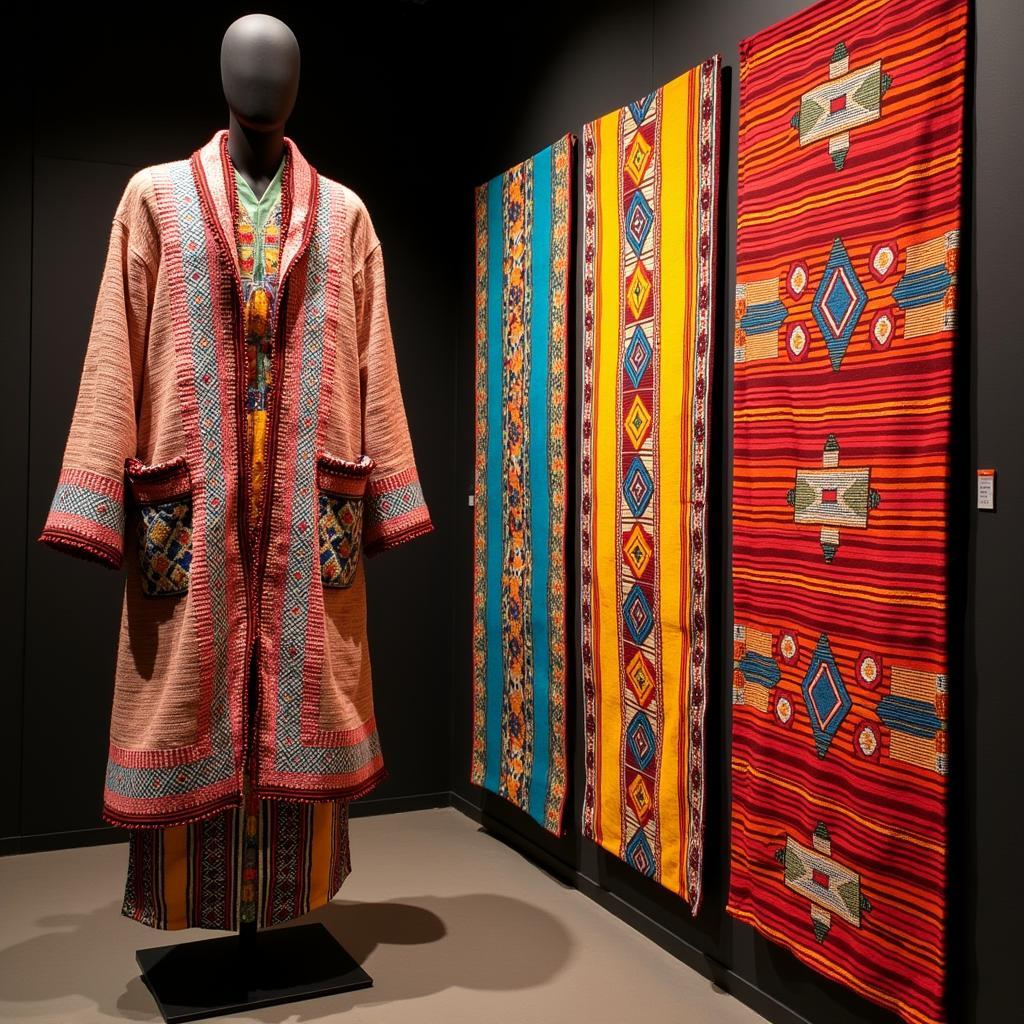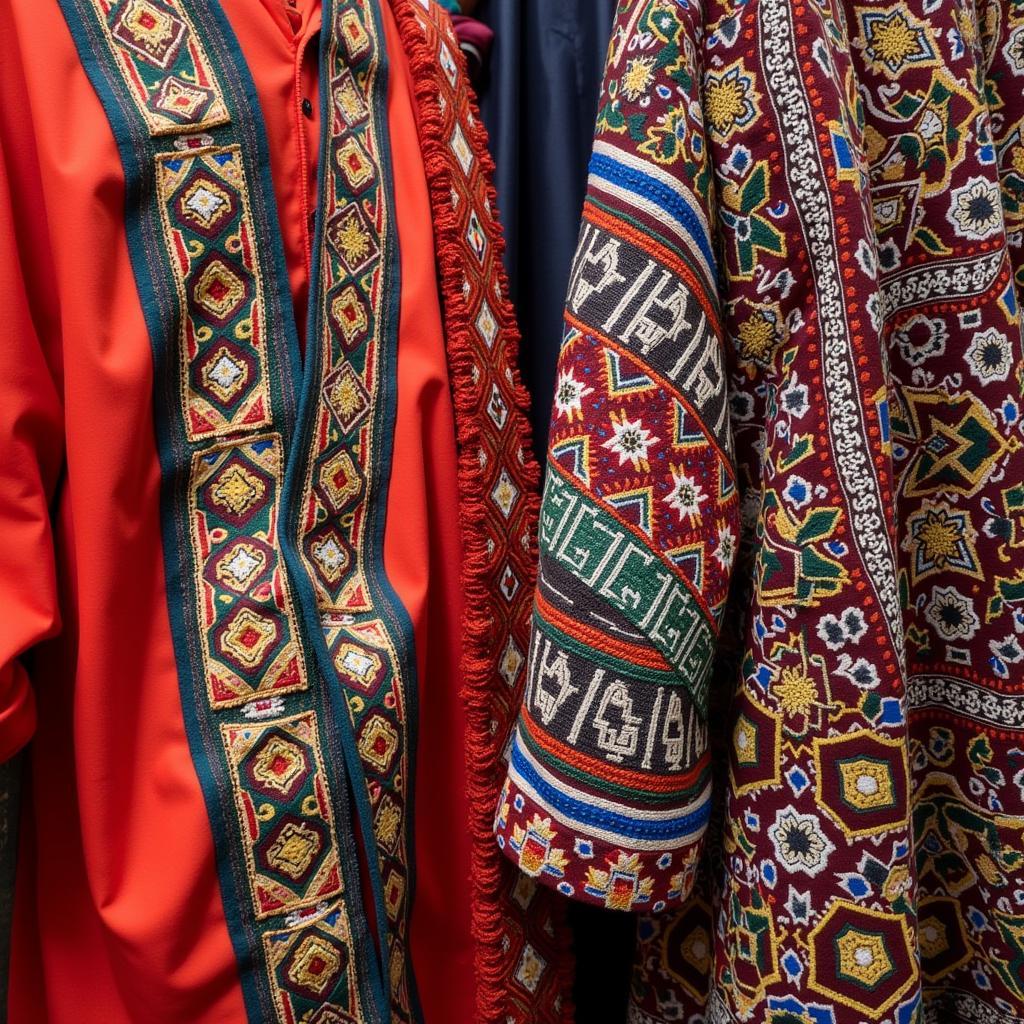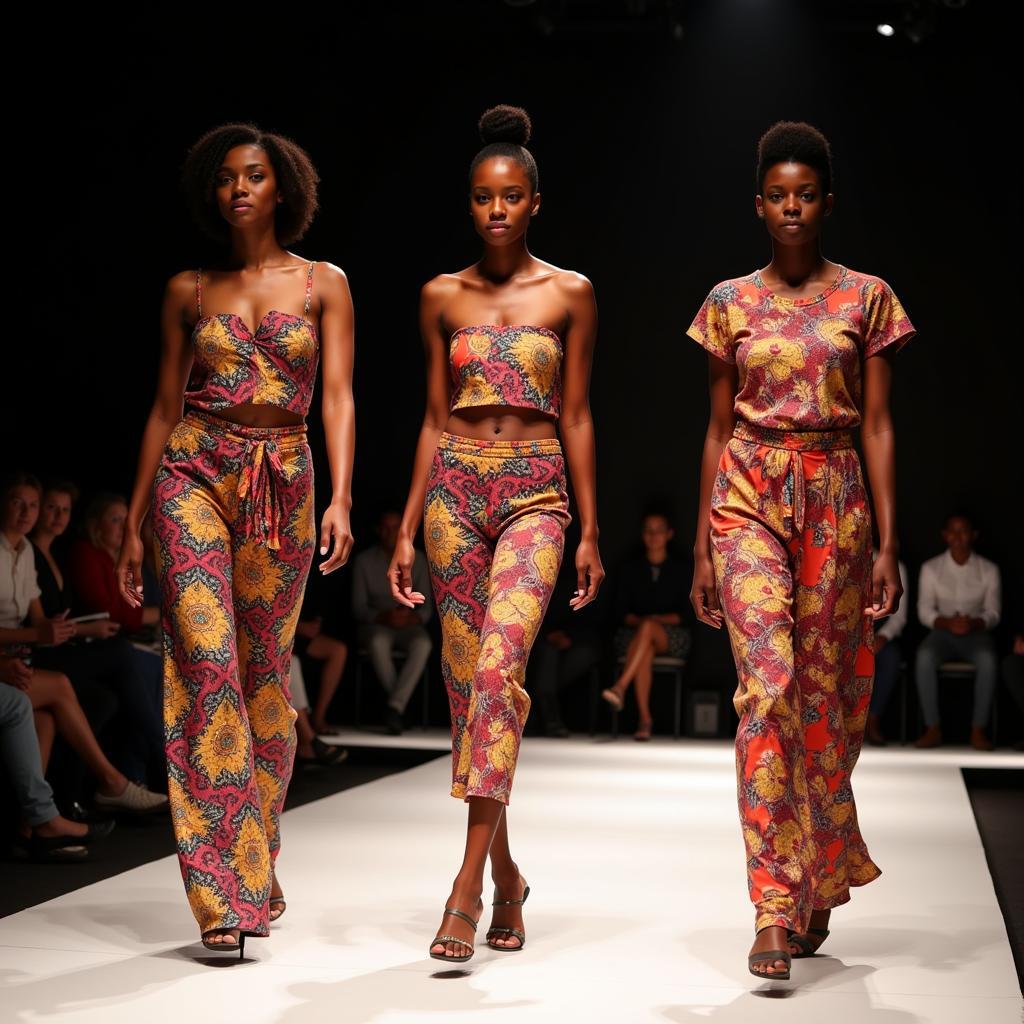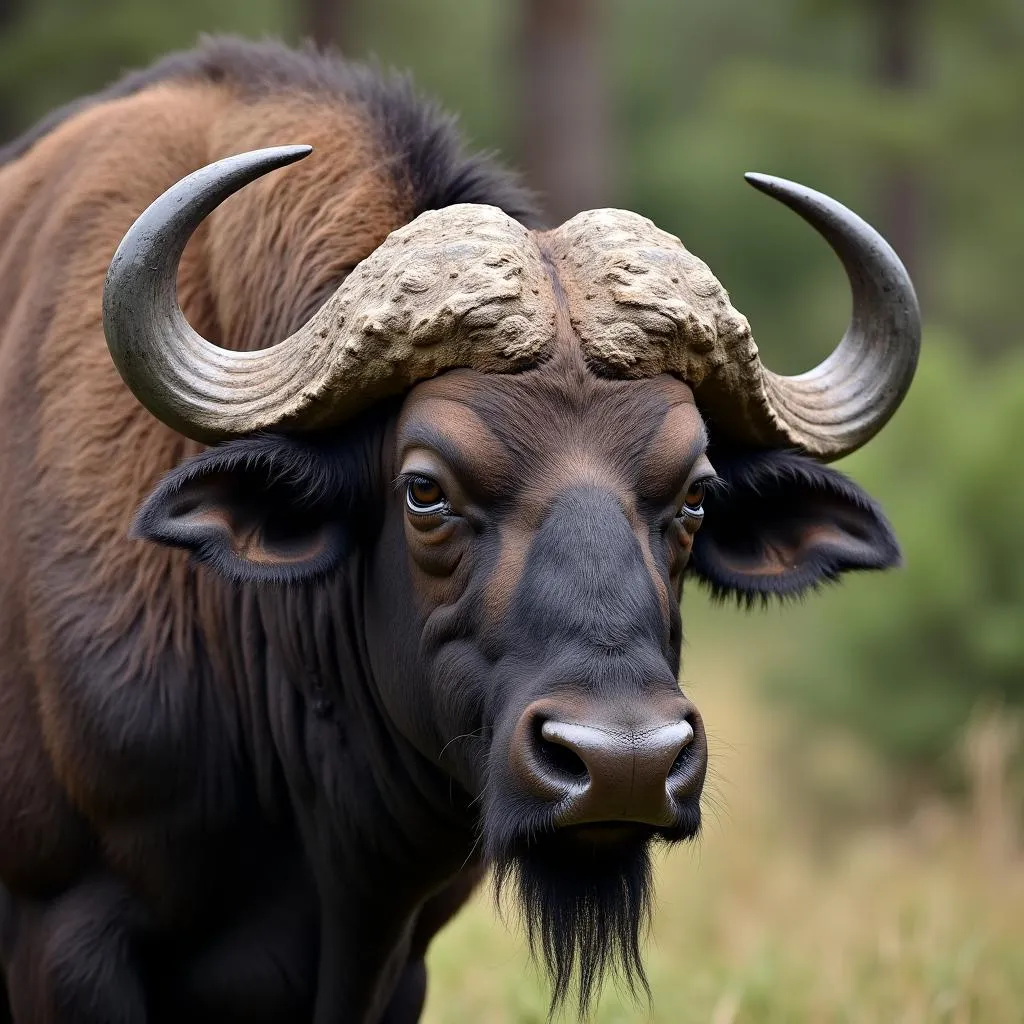Unveiling the Beauty of African Dress Design Patterns
African Dress Design Patterns are a vibrant tapestry of culture, history, and artistry. From the intricate embroidery of North Africa to the bold prints of West Africa, each region boasts a unique design heritage that tells a story. These patterns transcend mere aesthetics, often embodying deep-rooted symbolism, societal status, and spiritual beliefs.
A Journey Through Diverse Aesthetics: Exploring Regional Patterns
African dress design patterns are as diverse as the continent itself, each region showcasing its distinct style and heritage.
West Africa: A Celebration of Bold Prints and Symbolic Motifs
West African patterns are renowned for their vibrant colors, geometric designs, and symbolic motifs. Kente cloth, originating from Ghana, is a prime example. Handwoven with intricate patterns and bold colors, Kente traditionally represents royalty, status, and spiritual beliefs. Adire fabric, popular in Nigeria, is another stunning example, featuring indigo-dyed cloth adorned with resist-dyeing techniques, creating mesmerizing patterns.
 West African Kente Cloth and Adire Fabric
West African Kente Cloth and Adire Fabric
East Africa: Where Nature Inspires Flowing Silhouettes and Earthy Tones
East African dress design patterns often feature flowing silhouettes, earthy tones, and natural motifs. The Maasai people of Kenya and Tanzania are known for their striking red and blue shukas, adorned with intricate beadwork that signifies age, marital status, and social standing. Kitenge, a colorful fabric popular in Tanzania and other East African countries, is characterized by its vibrant prints, often featuring abstract designs, floral motifs, and animal prints.
 East African Maasai Shuka and Kitenge Fabric
East African Maasai Shuka and Kitenge Fabric
North Africa: A Fusion of Geometric Precision and Intricate Embroidery
North African patterns reflect a blend of Berber, Arab, and Andalusian influences. Moroccan djellabas, long, loose-fitting robes, often showcase intricate embroidery, geometric patterns, and delicate embellishments. The use of silk, linen, and wool adds a luxurious touch to these garments. Similarly, the haik, a traditional Algerian garment, features exquisite embroidery and delicate lacework, showcasing the region’s rich textile heritage.
 North African Djellaba and Haik Garments
North African Djellaba and Haik Garments
The Significance of Color and Symbolism in African Dress Design Patterns
Beyond aesthetics, colors and symbols in African dress design patterns hold profound cultural and spiritual significance.
A Language of Colors: Deciphering the Meanings Behind the Hues
Colors in African fabrics often convey specific meanings. For example, red can represent power, vitality, and spirituality, while gold symbolizes wealth, royalty, and wisdom. Green often signifies fertility, growth, and prosperity. Black can represent strength, elegance, and sophistication, while white can symbolize purity, peace, and spirituality.
Unveiling the Stories Within: Common Symbols and Their Interpretations
Many African patterns incorporate symbolic motifs that represent abstract concepts, beliefs, or aspects of daily life. Animal motifs are common, with the lion often symbolizing strength and leadership, the fish representing abundance and fertility, and the bird signifying freedom and spirituality. Geometric patterns can also hold symbolic meaning, with spirals representing growth and transformation, and triangles signifying strength and stability.
Modern Interpretations: African Dress Design Patterns in Contemporary Fashion
Today, African dress design patterns are experiencing a resurgence of popularity on global runways and in everyday fashion.
From Runway to Reality: Top Designers Embracing African Aesthetics
Renowned designers like Duro Olowu, Lisa Folawiyo, and Thebe Magasela are incorporating traditional African fabrics, patterns, and techniques into their collections, showcasing the beauty and versatility of African dress design patterns on a global stage.
 Contemporary Fashion Designs Featuring African Patterns
Contemporary Fashion Designs Featuring African Patterns
Express Yourself: Incorporating African Dress Design Patterns into Your Wardrobe
You can embrace the vibrancy of African design by incorporating these patterns into your wardrobe. Consider a statement piece like a African gown dresses featuring bold Kente cloth or a flowing skirt adorned with Ankara print. Accessories like headwraps, scarves, and jewelry featuring African patterns can also add a touch of cultural flair to any outfit.
FAQs:
What is the most popular African dress pattern?
The popularity of specific African dress patterns can vary depending on the region and current trends. However, Ankara, Kente, and Mudcloth are some of the most widely recognized and celebrated African fabrics and patterns.
Where can I find authentic African fabrics and clothing?
You can find authentic African dress patterns and designs and clothing at specialty stores featuring African fashion, online retailers specializing in ethical sourcing, and directly from artisans and designers in various African countries. Supporting fair trade practices ensures that artisans receive fair compensation for their craft.
What are some tips for styling African dress patterns?
Embrace bold colors, mix and match different patterns, and experiment with accessories. Don’t be afraid to create a fusion of styles by pairing African prints with contemporary pieces for a unique and modern look.
Need More Inspiration?
Check out our other articles on African fashion dresses 2016 and African colors meaning.
Find Your Perfect African Style
African dress design patterns offer a captivating blend of cultural heritage, artistic expression, and timeless style. By understanding the diverse regional variations, symbolism, and modern interpretations, you can appreciate the depth and beauty of these intricate designs. Visit our African clothing shop to discover unique pieces that resonate with your personal style.
For any inquiries or assistance, reach out to us via Phone: +255768904061, Email: kaka.mag@gmail.com or visit us at Mbarali DC Mawindi, Kangaga, Tanzania. Our customer service team is available 24/7 to assist you.



